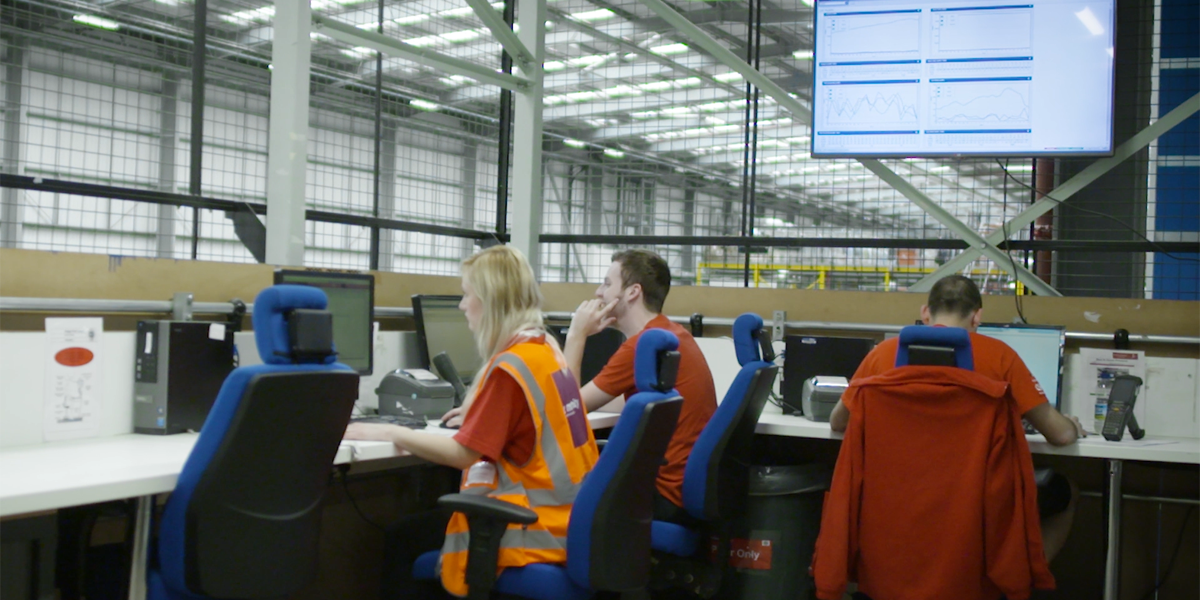11 steps to stem trade union decline
Membership in the private sector is less than a third of what it was at its peak, falling from 45 per cent to 13 per cent of the commercial workforce between 1979 and 2016. The key drivers of this change...
Membership in the private sector is less than a third of what it was at its peak, falling from 45 per cent to 13 per cent of the commercial workforce between 1979 and 2016. The key drivers of this change were legislation, industrial change, shifting business practice, and changing attitudes.
Stemming membership decline will require changes in the way unions recruit, organise and support workers. But reversing 40 years of falling density will require more than change to individual union practice. It will require unprecedented levels of collaboration and partnership, with unions working together to bring millions more into the movement, and working with government and business to ensure the voices of workers are fully heard as the UK economy enters its fourth industrial revolution.
On the basis of insight from trade union leaders, officers and activists, we have developed 11 recommendations to drive a renaissance in private sector trade union membership. Many of them draw on existing good practice. Unions should:
- Answer the ‘what can you do for me?’ question. Unions need to be able to give prospective members a tangible idea of what they should expect as a member, using case studies and qualified promises to echo the marketing strategies of disruptive start-up businesses.
- Be representative of the workforce. Unions need to set out plans to ensure their reps, committees, staff teams and leadership are as diverse as the industries in which they organise
- Introduce discount membership rates. Unions should offer discounted membership deals to under 35s and to workers in unrecognised workplaces – to bring in younger members and to acknowledge workers in unorganised workplaces tend to get less from their membership.
- Provide ‘instant breakdown cover’ for workers with preexisting problems. Unions should follow the lead of the AA by committing to provide non-members with instant support for pre-existing issues in exchange for a fee and an upfront commitment to membership.
- Reach out to the workforce of the future. Unions should understand the journey that brings workers into their industries and occupations and deliver outreach activities in key parts of this pipeline, in order to educate future employees about how unions can support them in their career.
- Invest in technology to reach hard-to-reach workers. Unions should invest in the development of tools, apps and other techbased solutions to make it economically viable to organise isolated and dispersed workers.
- Establish career development centres. Unions must support workers who don’t expect to be in their job or sector for life by helping them develop their careers – to help people prepare for the future, while also bargaining for the here and now.
- Make the most of available data. Unions are sitting on an abundance of data, much of which can be put to better use to improve the effectiveness of campaigns, recruitment strategies and overall decision-making.
- Set standards across multiple workplaces. Unions should consider establishing or promoting sectoral standards to improve work across multiple workplaces.
- Collaborate to increase bargaining power. In the 150th anniversary of the foundation of the TUC, unions should come together to agree a new collective mission to reverse historic membership decline. This should involve giving the TUC a new role as a clearing house for union membership, through which workers can ‘join the family’ of the union movement.
- Build a new partnership with government and business. Unions should extend a hand of friendship to good, responsible employers with a new cross-union kitemark scheme to reward good employment practice. In return, government and business should acknowledge the vital contribution unions can make, especially as the fourth industrial revolution gathers pace, and give unions access to all workplaces and end union-busting. This new partnership should form the basis of a new industrial relations framework for the UK, complemented by sector-level forums for unions, employers and, where necessary, government to co-create plans to boost productivity, fill skills gaps and improve work for all.
These 11 recommendations together can pave the way to a trade union membership renaissance that can apply and sustain upwards pressure on wages, working conditions and fulfilment at work for decades to come.

